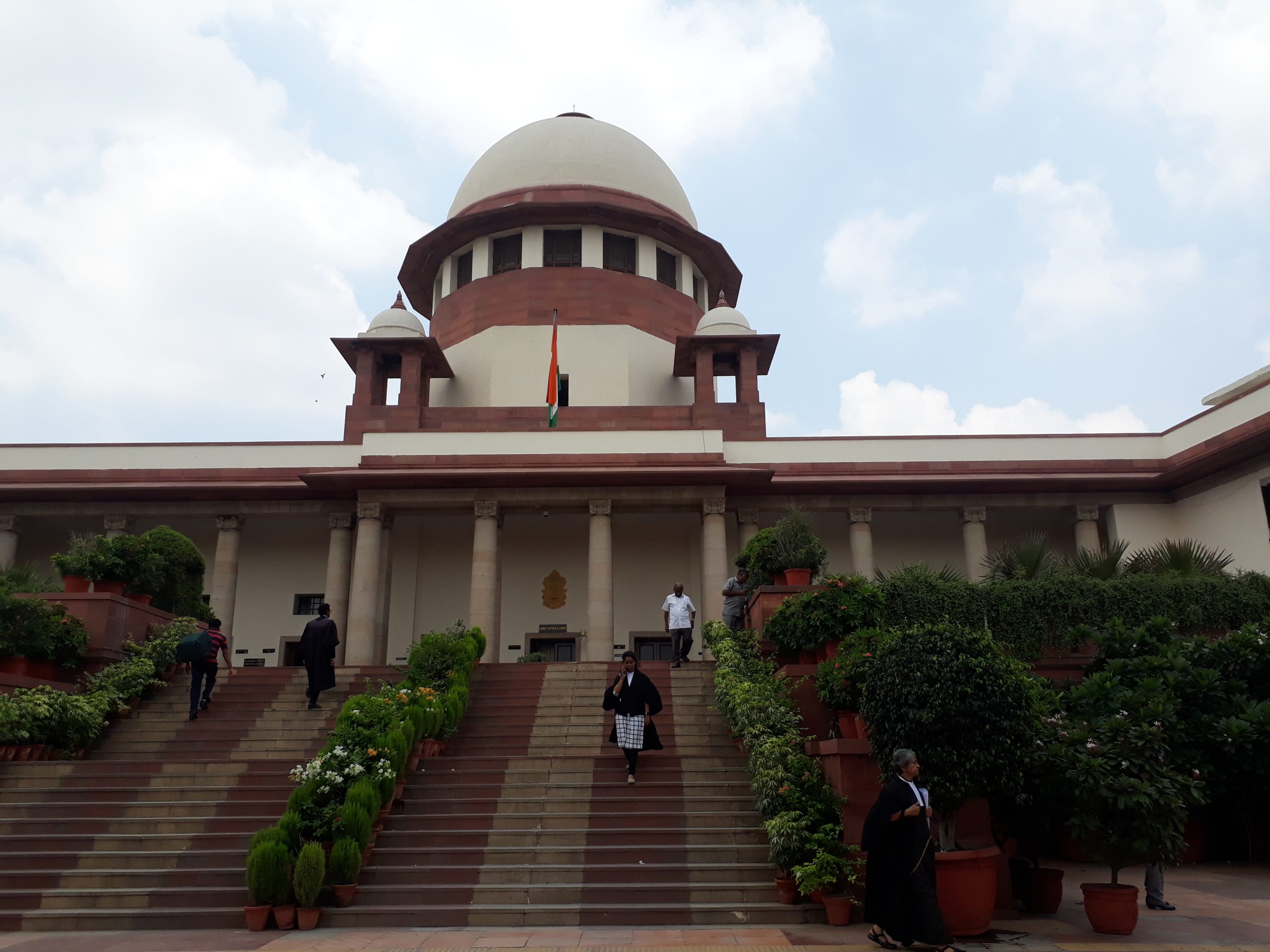The SC, in the case at hand, challenged the misconception that strangers are largely responsible for gender-based violence. It has recognised the reality of intimate partner violence in India.

Apart from the final result it achieves, the Supreme Court judgment on abortion is important for the means it used to arrive at that result (Wikimedia Commons)
On 29 September 2022, the Supreme Court passed an important decision relating to the Medical Termination of Pregnancy Act 1971 (‘MTP Act’) and the Medical Termination of Pregnancy Rules 2003 (‘MTP Rules’).
In India, the law relating to abortions is enshrined in the MTP Act. Section 3(2)(b) of the Act deals with termination of pregnancy between 20 and 24 weeks. The provision requires the conditions in the section to be met for categories of women who have been specified by rules under the Act.
In this case, the Court was dealing with that rule, i.e Rule 3B of the MTP Rules that provides the categories of women who may have their pregnancy terminated between 20 and 24 weeks. The categories are survivors of sexual assault/rape/incest; minor; where there is a change of marital status during the ongoing pregnancy (widowhood and divorce); women with physical disabilities; mentally ill women including mental retardation; foetal malformation that has substantial risk of being incompatible with life or if the child is born it may suffer from such physical or mental abnormalities to be seriously handicapped; and women with pregnancy in humanitarian settings/disaster/emergency situations as declared by the government.
Almost as soon as it was pronounced, the judgment garnered attention, particularly for its observations on marital rape and unwanted pregnancy. In this piece, I will unpack some of the issues analysed by the court and examine what they mean for future legal developments.
With respect to Rule 3B(a) that deals with survivors of rape, the court held that it includes married women who have been subject to non-consensual sexual intercourse with their husband.
This is a significant step in the aftermath of the Delhi High Court split verdict earlier this year in wherein one of the judges upheld the constitutional validity of the marital rape exception.
The Supreme Court, in the case at hand, challenged the misconception that strangers are largely responsible for sex- and gender-based violence and recognised the reality of intimate partner violence in India. While making these observations, the court was quick to note that its decision in this regard does not have an impact on the marital rape exception in the IPC and that the matter relating to that is pending before another Bench of the court.
Despite this observation of the court regarding the limits of its decision, the rationale used by it to reach that decision has grabbed a lot of attention. The judgment of Justice Shankar who upheld the validity of the marital rape exception in the Delhi High Court was centred on the distinction between non-consensual sex in a marriage and one between a woman and a stranger.
His judgment assumed that survivors of rape by a stranger suffer from a distinct trauma and what is felt by a wife raped by her husband is not comparable to that. He had even noted that it was “artificial” to assume that the degree of outrage felt by a woman forced to have sex by her husband is the same as a woman “ravaged” by a stranger without her consent.
In contrast, Justice Chandrachud’s opinion is based on the reality of intimate partner abuse including sexual abuse in India and the understanding that a survivor cannot be compelled to give birth to and raise a child with a partner who has harmed her.
An important theme in his opinion is the recognition that marriage does not influence the answer to whether a woman has consented to sex. However, despite this, if a conservative Bench is dealing with the marital rape exception, it may choose to read all these observations as being specific to an unwanted pregnancy. Consequently, one must be cautious while estimating the impact of the judgment’s reasoning.
Another rule examined in depth by the court was Rule 3B(c), as per which a woman is eligible for termination of pregnancy under Section 3(2)(b) if there is a change in the marital status during pregnancy that includes widowhood or divorce.
The court noted that the rationale behind this rule was a change in material circumstances of the woman. Consequently, it held that if the benefit of this rule is extended only to married women, then it will further the stereotype that only married women indulge in sex and that the benefits in law should extend to only them. It held that an “artificial distinction” between married and single women would be unconstitutional. It also went on to hold that the benefit of Rule 3B should be extended to all women who undergo a material change in their circumstances.
Apart from the final result it achieves, the judgment is important for the means it used to arrive at that result. A critical theme underlying the judgment is autonomy, specifically decisional autonomy, which entitles women to choose how they want to lead their lives.
The judgment rightly recognises the burdens of an unwanted pregnancy and its adverse impact on decisional autonomy. It goes beyond the physical burdens of unwanted pregnancy (which are onerous by themselves) and also takes into consideration its impact on the career and mental well-being of women.
Finally, it is also important for placing the woman as the “ultimate decision-maker” in deciding whether she wants an abortion.

The Indian judgment is in stark contrast to the recent US Supreme Court verdict on abortion (Wikimedia Commons)
The tenor of this judgment is in stark contrast to the majority in Dobbs v. Jackson Women’s Health Organization (2022) wherein the Supreme Court of the United States overruled the landmark decision of Roe v. Wade (1973) that conferred the right to abortion.
The majority in Dobbs held that the right to abortion is not protected by any constitutional provision and was criticised for an originalist reading of the Constitution. Such a reading has also put other rights that have been inferred by conceiving of the Constitution as a living document under threat. In contrast, the decision of the Indian Supreme Court has correctly identified the autonomy and dignity of women as the central theme to be kept in mind while deciding on abortion.
(Devina Malaviya is a Delhi-based advocate and legal researcher. These are the personal views of the author)